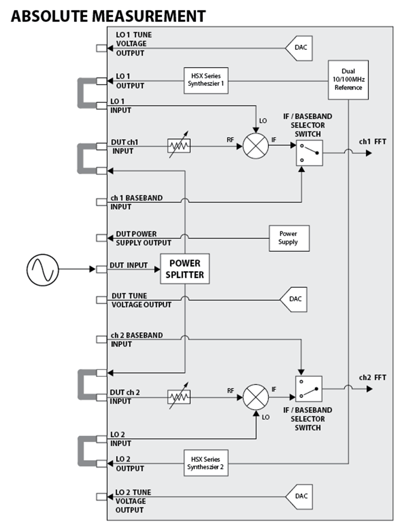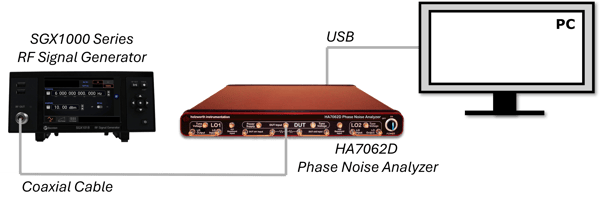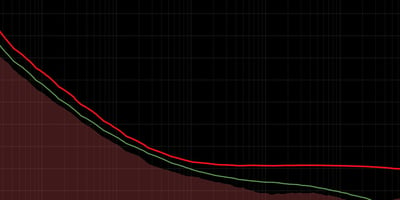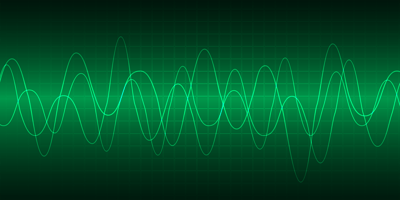Fundamental to various devices and systems, oscillators are components that produce repetitive,...
How Do You Set Up a Phase Noise Analyzer for an Absolute Phase Noise Measurement?
In this blog post, learn how to set up the front and rear panels of the Holzworth HA7062D real-time phase noise analyzer for an absolute phase noise measurement.
Selecting the Appropriate Measurement Type
Users can configure the HA7062D in different ways to perform various measurements. 
- Absolute phase noise measurements characterize single port devices (e.g., signal generators and oscillators).
- Additive phase noise measurements characterize multi-port devices (e.g., mixers and amplifiers).
- Baseband measurements allow direct access to the analyzer’s Fast Fourier Transform (FFT) engine for DUT signals that have been externally converted to baseband.
In this example, we will be measuring the absolute phase noise of the Boonton SGX1000 Series RF signal generator.
When performing an absolute phase noise measurement either the internal RF synthesizer can be used as the local oscillator (LO) for flexibility, or a fixed-frequency external LO can be used for ultra-low phase noise measurements.
- Internal LO mode utilizes a pair of integrated Holzworth synthesizers with LO frequency choices from 10 MHz to 6 GHz. This provides maximum flexibility in a production environment.
- External LO mode utilizes a single frequency LO with lower phase noise than the more versatile synthesizer for critical phase noise measurements. This setup requires two external, ultra-low phase noise sources that replace the internal synthesizers. External LO mode is used when the DUT produces lower phase noise than the analyzer’s internal sources.
In this example, the analyzer is configured for the internal LO setting to measure the SGX1000 Series.
Phase Noise Analyzer - Front & Rear Panels
Front Panel
After determining the measurement type (absolute) and mode (internal LO mode), users need to configure the front panel of the phase noise analyzer by connecting four rigid coaxial jumpers. The jumpers are initially hand-tightened to each of their respective coaxial connectors and then tightened completely with a torque wrench to ensure proper RF signal integrity. 
Connecting the DUT to the front panel input port divides the signal between two measurement paths, each with their own LO. The coaxial jumpers connect the DUT RF input signal with the LOs of each channel. The resultant IF mixer output is then digitized and converted to the frequency domain for additional processing.
The cross-correlation process removes random uncorrelated phase noise while leaving the common correlated phase noise. Both DUT channels have common (correlated) phase noise, but each LO has unrelated (uncorrelated) phase noise with respect to the other. The system phase noise is removed by increasing the number of correlation sweeps, but this comes at the cost of increased measurement time. Each 10X increase in the number of correlation sweeps can remove 5 dB of random system noise.
Rear Panel
The rear panel of the instrument includes all communications ports:
- USB
- Ethernet
- RS-232
- GPIB
In this example we are using a USB connection, linking the phase noise analyzer with a PC that has the appropriate software for analysis.
Absolute Phase Noise Measurement Test Setup
An absolute phase noise measurement involves three key components – the DUT, controller, and phase noise analyzer. The proper connections include:
- DUT: The DUT, which is a stable, CW signal source (SGX1000 Series), connects to the analyzer’s DUT input port via a coaxial cable.
- Controller: A Windows PC connected to the rear panel of the analyzer via USB will run the control software and display measurements.
- Phase Noise Analyzer: Make sure that all four front panel jumpers are connected and tightened. The front panel connects to the DUT, while the rear panel connects to the controller.
 Now it’s time to boot up the software application and measure DUT performance, but how does that process work? Watch the video below for a step-by-step guide on how to set up the HA7062D for an absolute phase noise measurement, as well as how to navigate through the analyzer's software.
Now it’s time to boot up the software application and measure DUT performance, but how does that process work? Watch the video below for a step-by-step guide on how to set up the HA7062D for an absolute phase noise measurement, as well as how to navigate through the analyzer's software.
How Do Phase Noise Analyzers Measure Phase Noise?
How does a phase noise analyzer measure the phase noise of a DUT? What are the advantages of using a phase noise analyzer compared to other test instruments? The white paper, “The Importance of Low Phase Noise and How to Measure It," is an excellent resource to review different phase noise measurement methods and the impact of phase noise on the overall performance of wireless systems.



